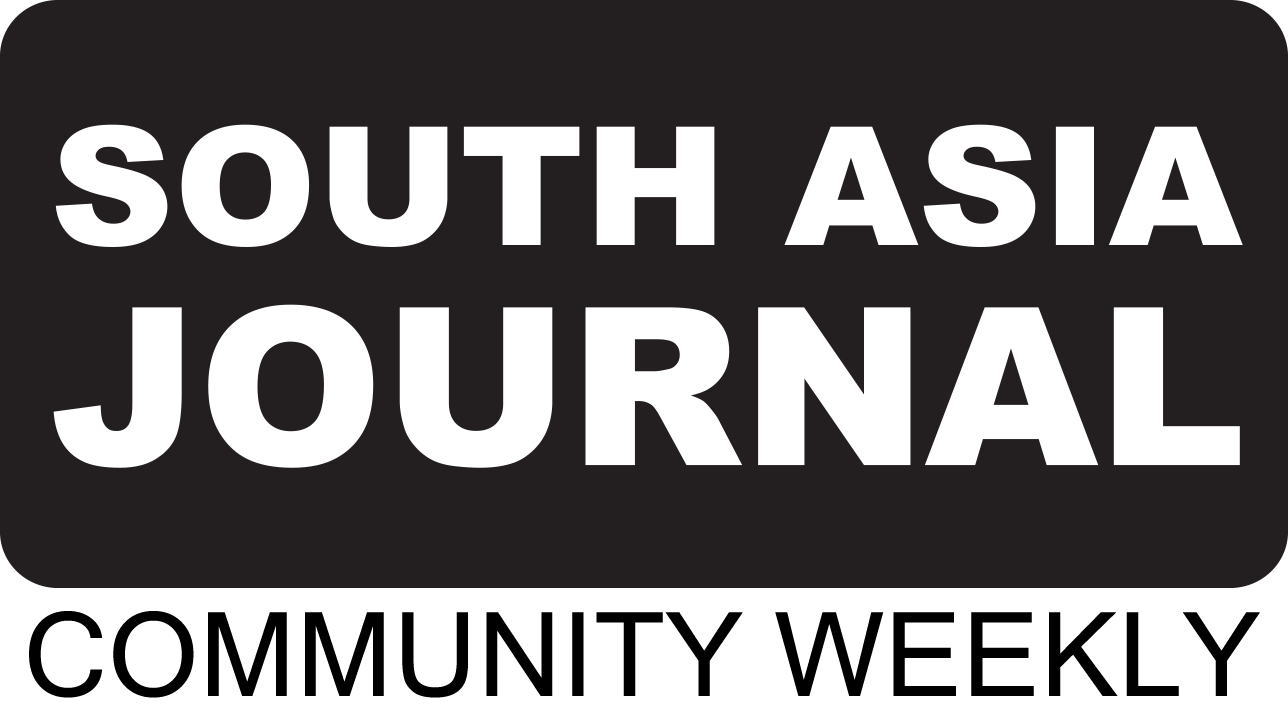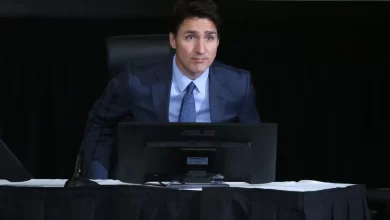Canadians targeted ‘more aggressively’ by phone scams than Americans. How ?
Taslima Jamal

A new study suggests that there has been an increase in phone scams in Canada, such as air duct cleaning or impersonating federal agencies.
According to a report that was released on Tuesday by Seattle-based Hiya, whose voice security platform aims to protect phone users from spam, 6.3% of unwanted calls that Canadians received in the first three months of the year were deemed fraudulent, compared to 5.9% in the final quarter of 2022.
There are two types of unwanted calls: legal ones like sales calls about a service the recipient has subscribed to and illegal ones like: scams that tell a complete lie, as well as those in which a product actually exists but the recipient did not request it.
The study found that Canada is behind the United States: In the early part of the year, the average person in Canada received three spam calls per month, compared to 14.5 in the United States.
However, a significantly higher percentage of calls related to fraud were made to Canadians. The report found that 6.3% of calls from unknown numbers in Canada were considered to be fraudulent, and that 18.3% of those calls were spam. In the first quarter, one quarter of calls from non-contacts in the United States were spam, but only 0.7% were fraud calls.
Jonathan Nelson, Hiya’s director of product management, stated, “It seems like for those who are trying to hit the market in Canada, they are doing so more aggressively.”
“You’re getting a lot more of those who are just ignoring the laws completely, and you’re getting a lot less of the high-volume businesses that are trying to operate within the laws, within the CRTC guidelines.”
Like different nations examined, a portion of the top tricks in Canada were connected with digital money exchanging and those focusing on more current settlers who might be less acquainted with the manner in which the public authority works. The last option included guests mimicking government authorities professing to be from theCanada Line Administrations Office or Canada Income Organization.
The CRA advises Canadians to exercise caution when receiving calls requesting personal information such as a passport number, credit card number, bank account number, or social insurance number on its website. During tax season, the CRA may use an automated telephone message to contact recipients, but it stated that it would never request personal information.
The report also said that Canadians received a lot of calls about air duct cleaning scams, which are nothing new but are almost never heard of outside the country.
Nelson stated, “That’s not even a concept we see in other markets.”
“Eventually, somebody attempted this mission and they probably had sufficient achievement that it recently detonated. They just kept going, and other spammers started to copy them, so it kind of stuck.
According to data released in February, the Canadian Anti-Fraud Centre received 90,377 reports of fraud in 2022, resulting in losses of more than $530 million. It is estimated that between five and ten percent of victims report fraud to the CAFC.
It stated that identity theft, extortion, and phishing were the most frequently reported forms of fraud.
On its website, the CAFC stated that it had received 18,645 reports of fraud this year, resulting in losses totaling $133.7 million as of March 31.
In recent years, Canada’s telecom regulator has prioritized combating scams.
In order to look into ways to work together to disrupt scam communications, the CRTC held a meeting in November with counterparts from Australia, Ireland, Hong Kong, and the United States.
The federal regulator had ordered telecom companies to use technology to verify a caller’s identity a year earlier. Secure Telephony Information Revisited, or STIR, is one part of that. It is a technical standard that gives carriers a way to verify the identity of callers.
The other part, known as Shaken, another way to say “signature-based treatment of affirmed data utilizing tokens,” made the structure for executing the norm in IP-based specialist co-ops’ organizations.
The CRTC didn’t answer a solicitation for input.
Rogers Correspondences Inc. also, Telus Interchanges Inc. have each carried out extra apparatuses to assist with sifting through spam calls, while Ringer Canada received the approval from the CRTC in 2021 to obstruct all deceitful brings communicated over its organization altogether.
Nelson stated, “You are going to see a downturn with that, hopefully a lasting one.”
“The dollar signs are all that matter. These missions truly do cost them cash to run. They are evaluating their call success rates. They will either try different calls or different markets if it fails.
Nelson stated that Hiya suggests installing some spam protection software on your phone so that when the phone rings, recipients have something other than a 10-digit number to use to determine “should I be wary?”
Nelson stated, “You just need to slip up once and it can really cost you.” Regardless of whether you figure I could detect a trick far in advance, they can be truly cunning, so in every case simply be truly careful on the off chance that you don’t have the foggiest idea who you’re not kidding.”




